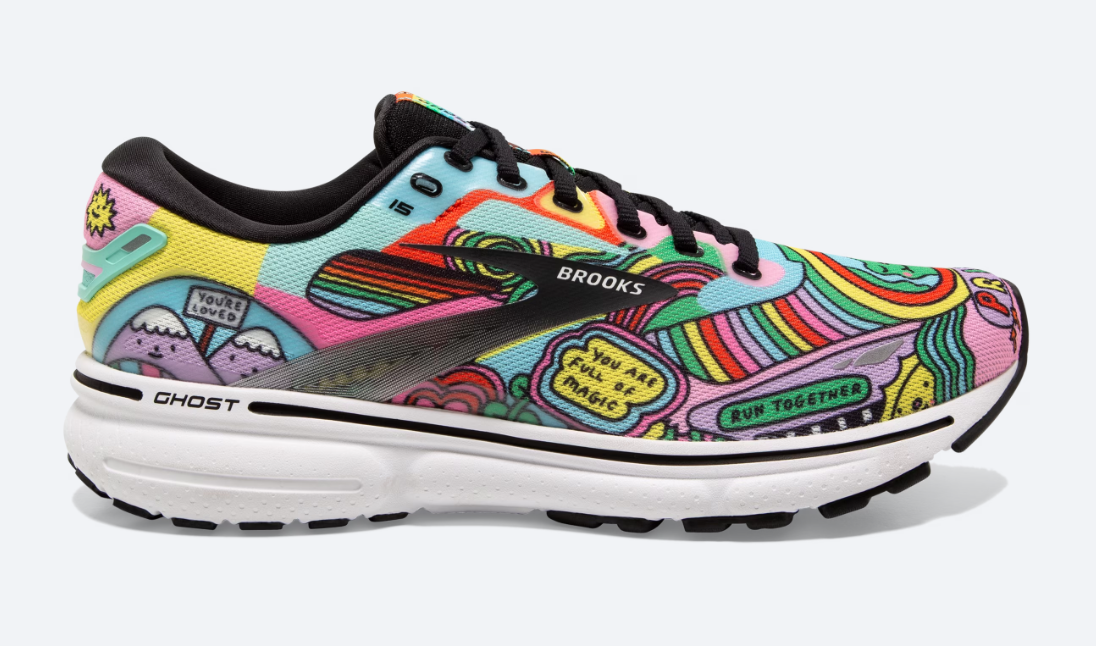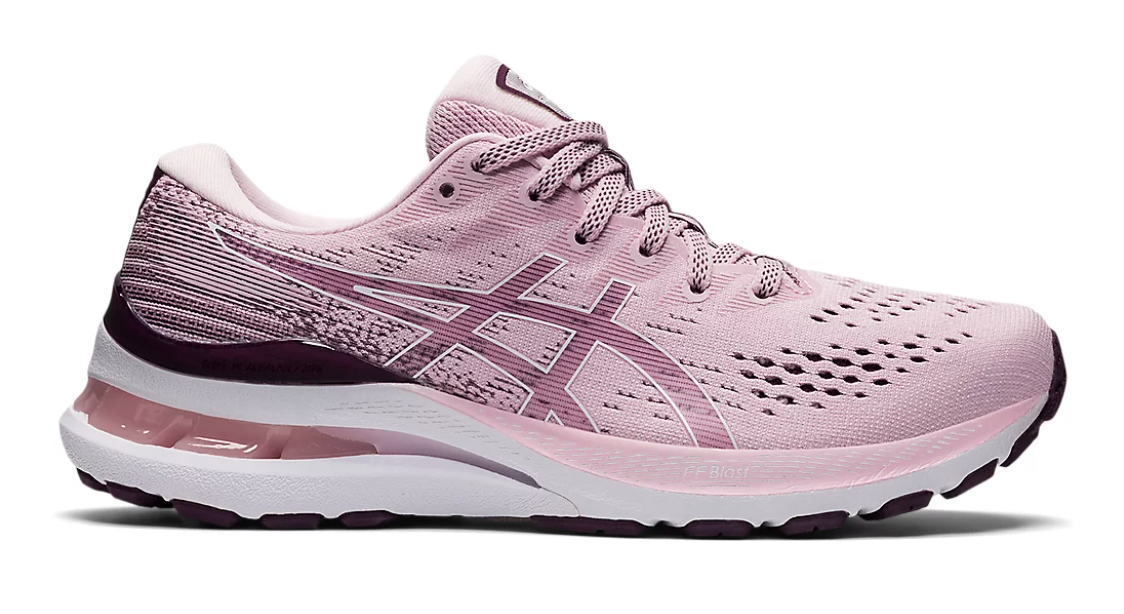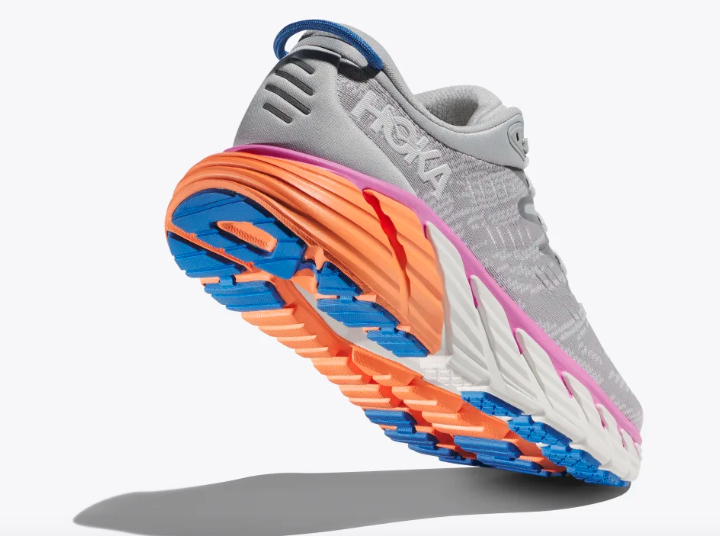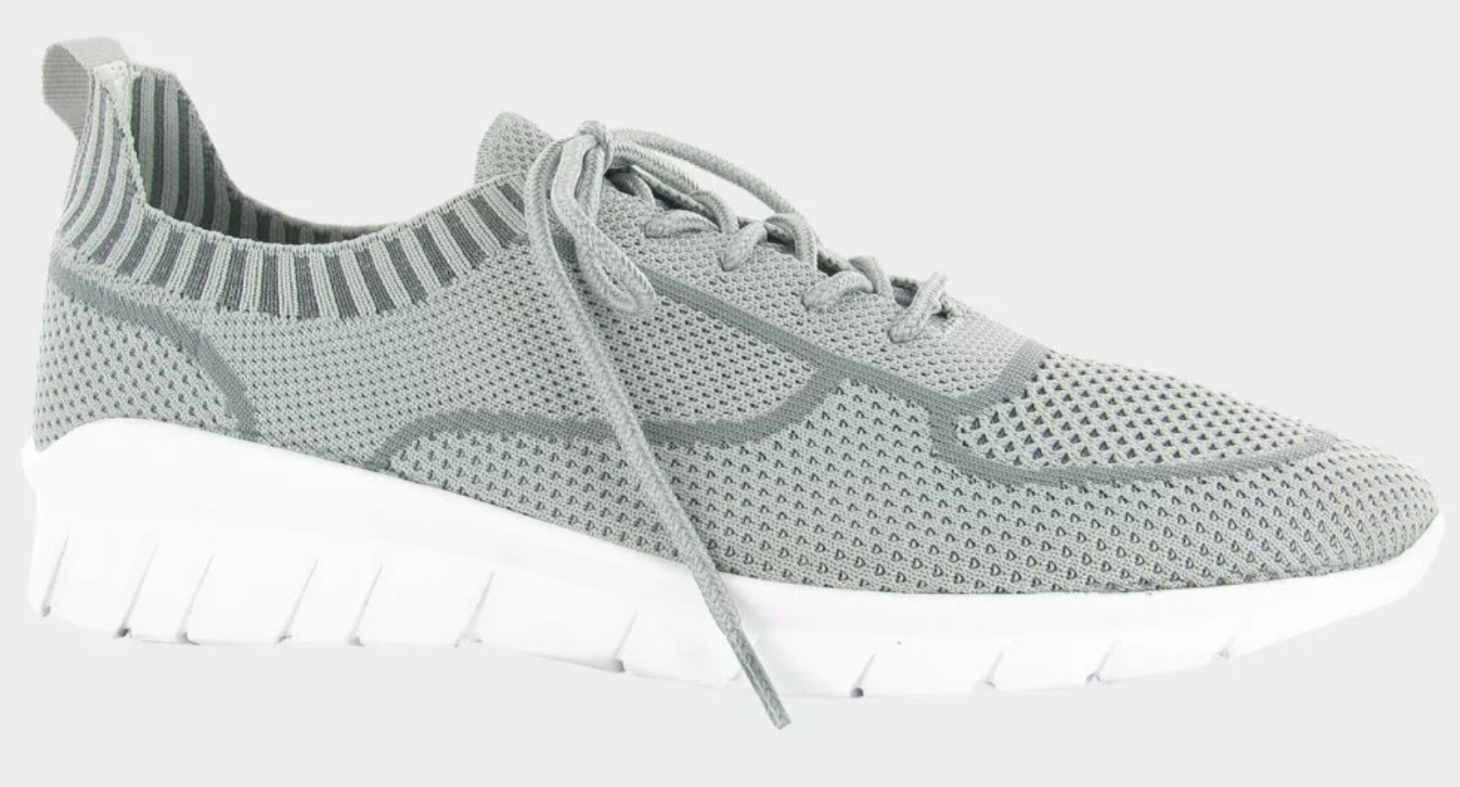A Podiatrist Says These Are the Best Running Shoes To Wear if You Have Plantar Fasciitis
If you’ve ever stepped out of bed in the morning and felt like you must have bruised the bottom of your foot on a rock the day before—but you can’t remember any actual rock incidents—you likely know the pain of plantar fasciitis. For runners, this can throw a major wrench in any training plans: It might hurt to even stand on your foot, let alone run on it.
Plantar fasciitis happens when the band of connective tissue that runs along the bottom of the foot becomes inflamed. The most typical symptom is a stabbing pain, particularly after periods of rest, says podiatrist Elizabeth Bass Daughtry, DPM, D.ABFAS, FACFAS. “Some people describe it as a ‘stone bruise,’ or the sensation of having stepped on a rock which bruised the heel.”
- Elizabeth Bass Daughtry, DPM, Elizabeth Daughtry, DPM, is a board-certified podiatrist, foot surgeon, and the executive board treasurer of the North Carolina Foot and Ankle Society.
Dr. Daughtry explains that the plantar fascia helps support the arch. And when you’re off your feet for a long period of time (like when you’re sleeping at night), the plantar fascia relaxes and will contract. “When you step down again, it can pull and become irritated from the stretching needed when trying to support the foot,” she says.
Your first line of defense: Wearing the right shoes with the right amount of arch support. Dr. Daughtry explains that without proper supportive shoes and arch support, the plantar fascia can get pulled too much and become inflamed. You'll also want to ensure the shoes are comfortable (check out these most comfortable running shoes).
{{post.sponsorText}}
“If sneakers do not have the proper support to match your foot structure, it can irritate or fail to support the arch enough,” she says. “On the other hand, if the shoe has too much arch support for a foot that is flatter, it can press against the arch and cause more pain to the plantar fascia. Typically, this is why a more neutral shoe works most of the time on the average foot and can be modified with the addition of more support if needed.”
What to look for in a sneaker for plantar fasciitis
Dr. Daughtry says that there are two main things to look for when trying to find the best running or walking shoes for plantar fasciitis.
Heel-to-toe drop
Heel-to-toe drop is the difference in the height between the heel and forefoot in a shoe, measured in millimeters. “The less the heel drop, the ‘flatter’ the shoe,” Dr. Daughtry explains.
She says the standard heel drop in most running shoes is 10mm. And if you have any issues with plantar fasciitis, that average is most likely going to be your happy place.
“Any dramatic change from your normal should be adapted to—significant, sudden changes to our feet can cause new or worsening issues,” Dr. Daughtry warns. She adds that rapidly transitioning to zero-drop shoes (found in minimalist running shoes) can lead to problems such as Achilles tendonitis, worsening plantar fasciitis, ankle sprains, and metatarsalgia.
On the opposite side of the spectrum, higher heel drops (such as 14mm) have a more exaggerated wedge, “which can lead to tightening of the Achilles tendon or too much pressure on the ball of the foot,” she says.
Stack height
This measurement refers to the amount of cushioning material between your feet and the ground. Most shoes will list both their forefoot stack height and their heel stack height.
“The thicker the cushioning, the more assistance with shock absorption, but then things like proprioception (your feet telling your brain where your feet are located) and muscle strength is compromised,” says Dr. Daughtry. “It can [also] affect your overall alignment and can lead to back, knee, or hip problems if too extreme.”
Just like with heel drop, you’ll want to choose something that falls in the medium stack height range—around 21 to 26mm in the forefoot. Though it depends on what you’re used to. “Again, anything that is a dramatic change from your normal can potentially have a negative impact on your body,” says Dr. Daughtry.
What are the best running shoes for plantar fasciitis?
Dr. Daughtry says her go-to recommendation for most runners with plantar fasciitis is a neutral running shoe with a basic 10mm heel drop as a starting point.
“Most running shoes will have an average or higher level of cushioning due to the impact that runners place on their feet,” says Dr. Daughtry. And if you need to, you can add in some arch support insoles or custom orthotics.
With that in mind, here are her top suggestions:

“This is a great option for people with plantar fasciitis as it is a neutral running shoe with slightly more cushioning and has 12mm heel drop,” says Dr. Daughtry. She adds that runners with wider feet or bunions should make sure to get the wide width because the toe box tends to be run narrow.
Heel drop: 12mm
Forefoot stack height: 23mm
Weight: 9.1 oz
Colors: 29

Originally $160, on sale for $95
According to Dr. Daughtry, the Asics Gel-Kayano 28 is an excellent option for someone with plantar fasciitis because it is a neutral running shoe with the standard 10mm heel drop; plus, it has some unique cushioning. “[It] has gel built into the heel to offer assistance with heel strike and cushion those first few steps,” she says.
Heel drop: 10mm
Forefoot stack height: 12mm
Weight: 9.1 oz
Colors: 9

These kicks have a lower heel to toe drop: Just 5mm. But that’s because they have majorly plush cushion from heel to toe “to help with shock absorption for those that stand or walk on a more firm surface throughout the day,” says Dr. Daughtry. “This style is a more stable shoe, which helps avoid too much flattening of the arch, and there is an extended heel support.”
Heel drop: 5mm
Forefoot stack height: 35mm
Weight: 9.3 oz
Colors: 6

“Naot’s have removable insoles that are cork-based which can mold to the foot,” says Dr. Daughtry. “And with a softer upper, the mesh material will not rub or irritate bony prominences or foot deformities such as hammertoes or bunions.” The experts agree: “These shoes also come with a seal from the American Podiatric Medical Association for promoting good foot health,” she adds.
Heel height: 1.5 inches
Weight: 9 oz
Colors: 6
Overall, Dr. Daughtry says that shoes alone will not solve your plantar fasciitis. Most patients need a variety of several different treatments to completely resolve their pain. But wearing the proper footwear can help with the symptoms in the meantime—and set you up on the path to recovery.
Loading More Posts...